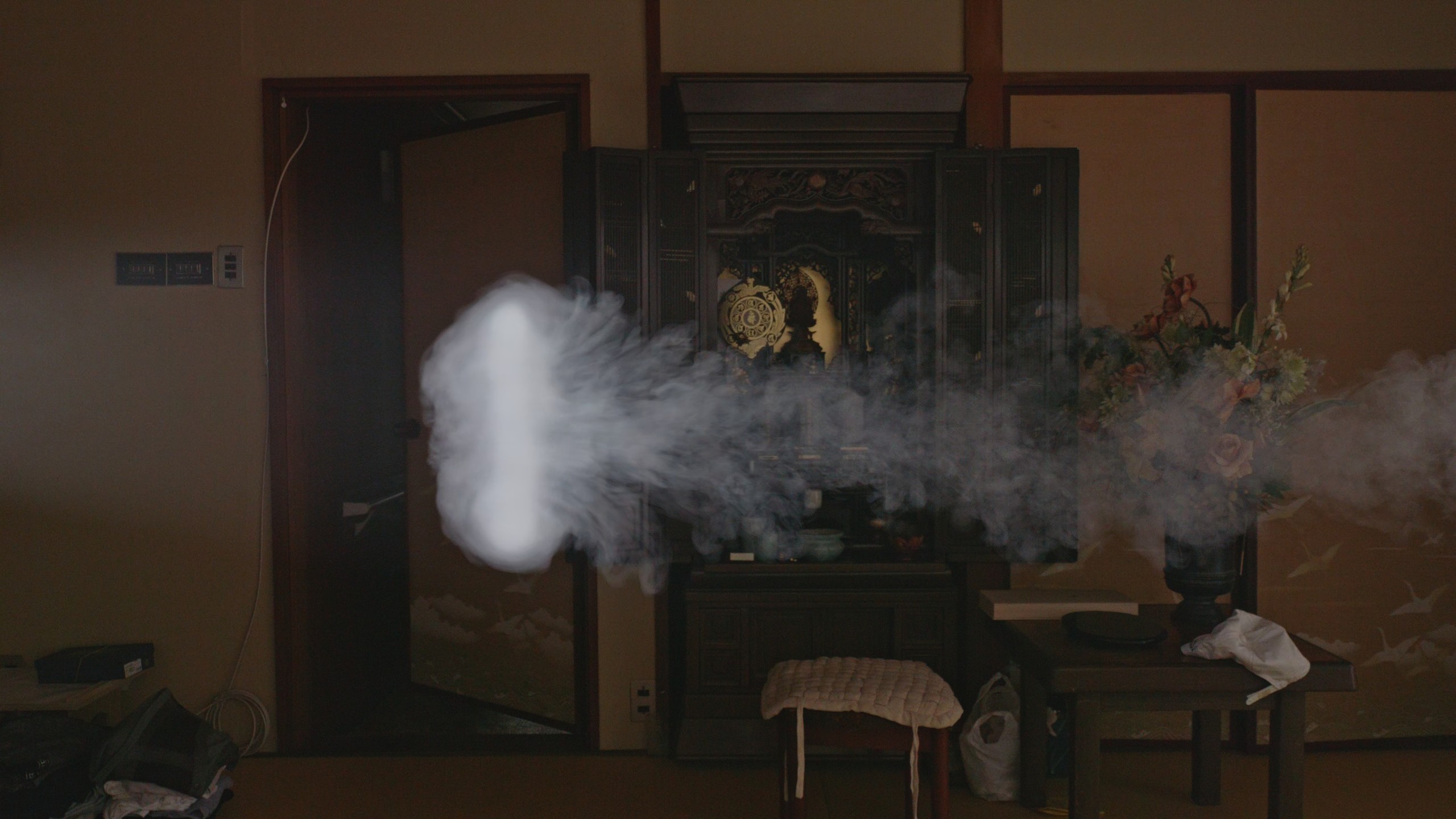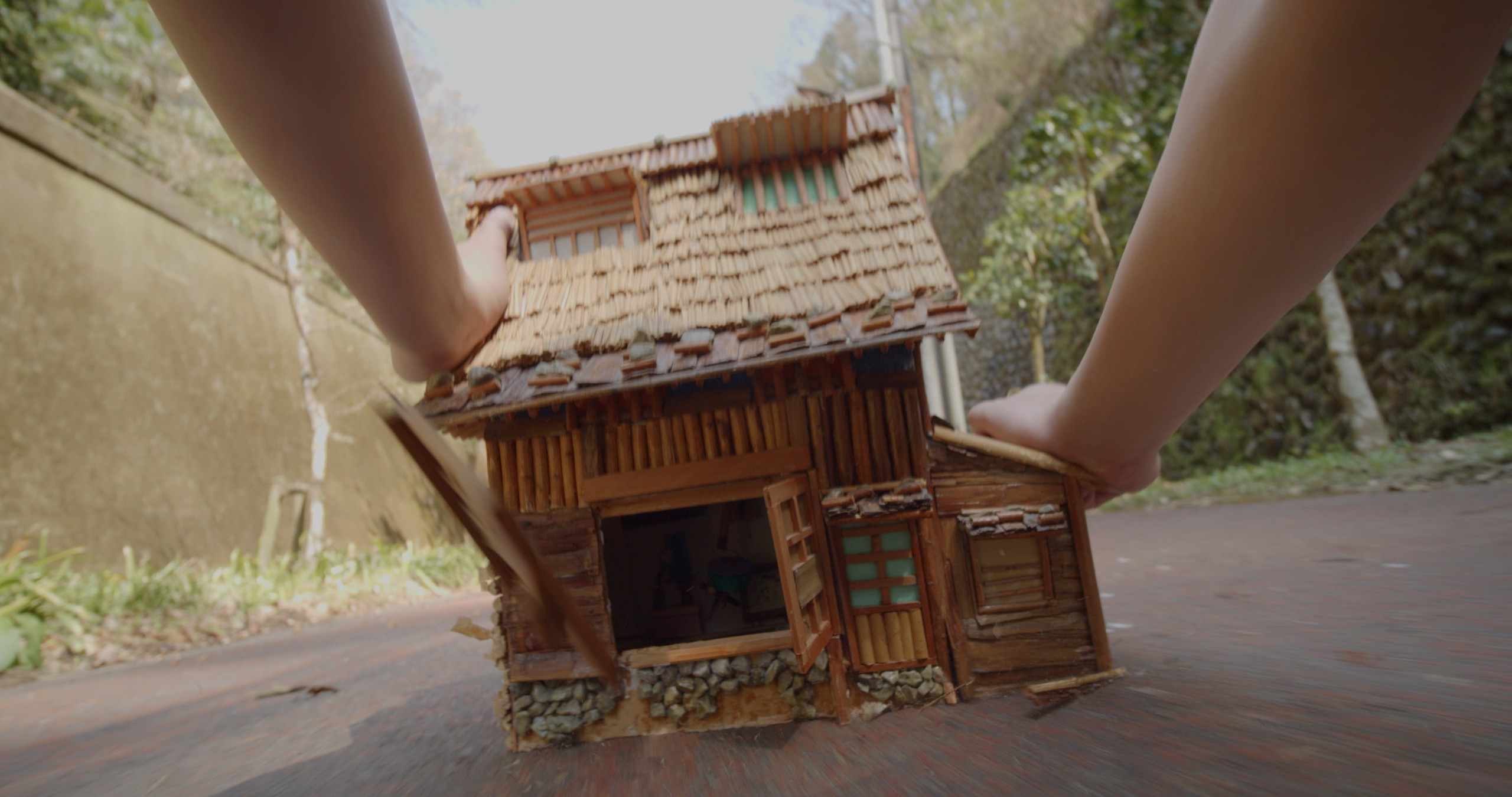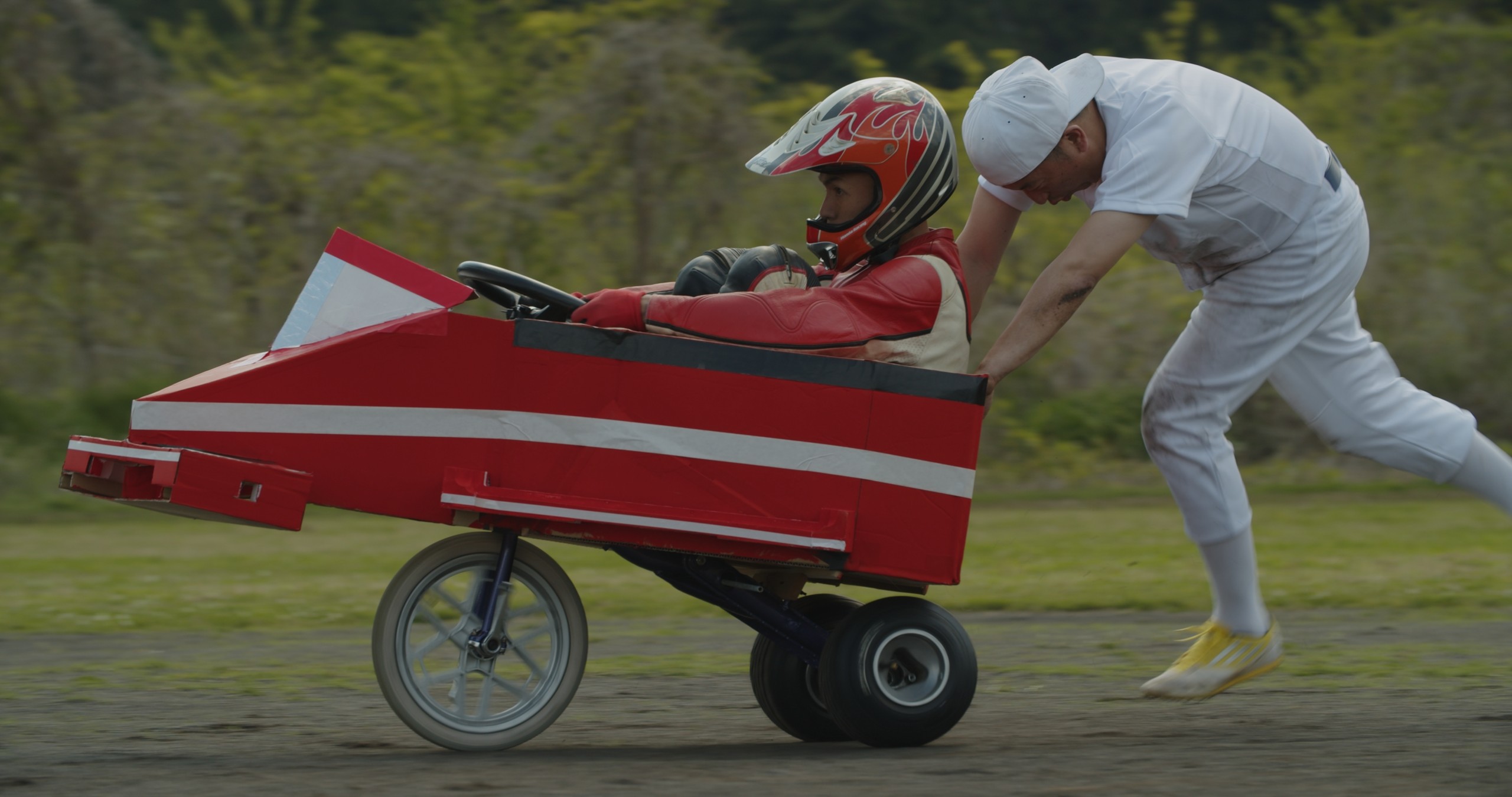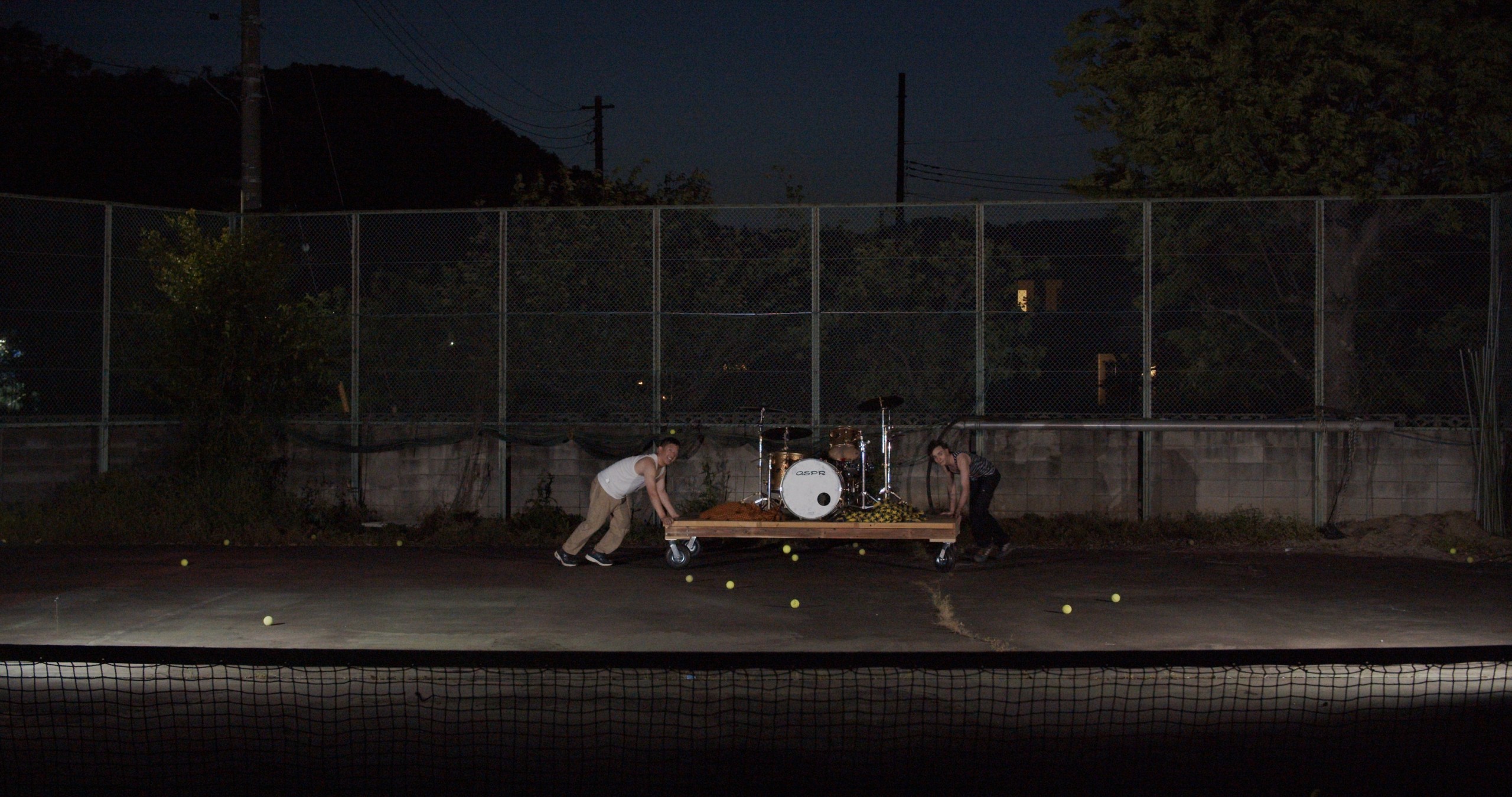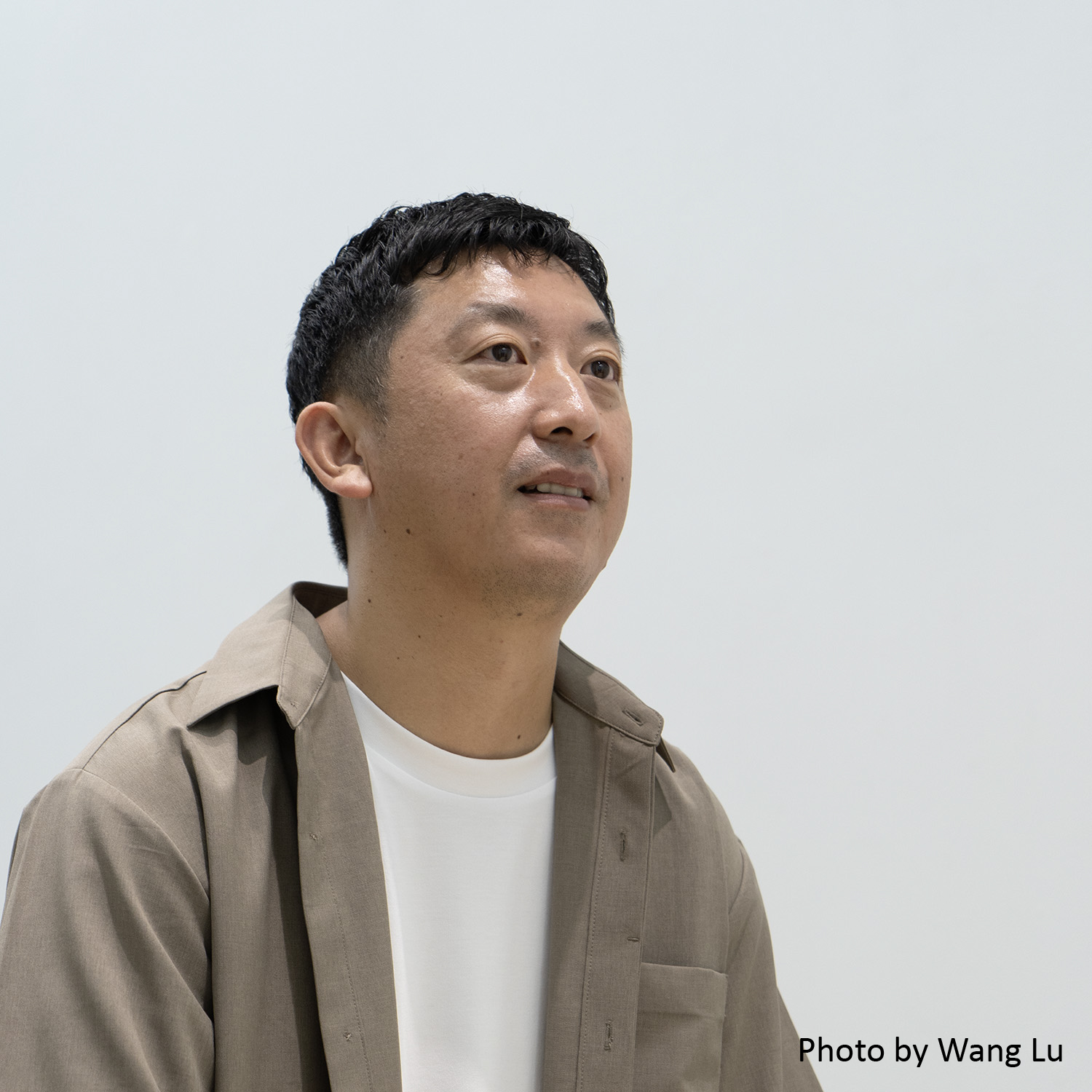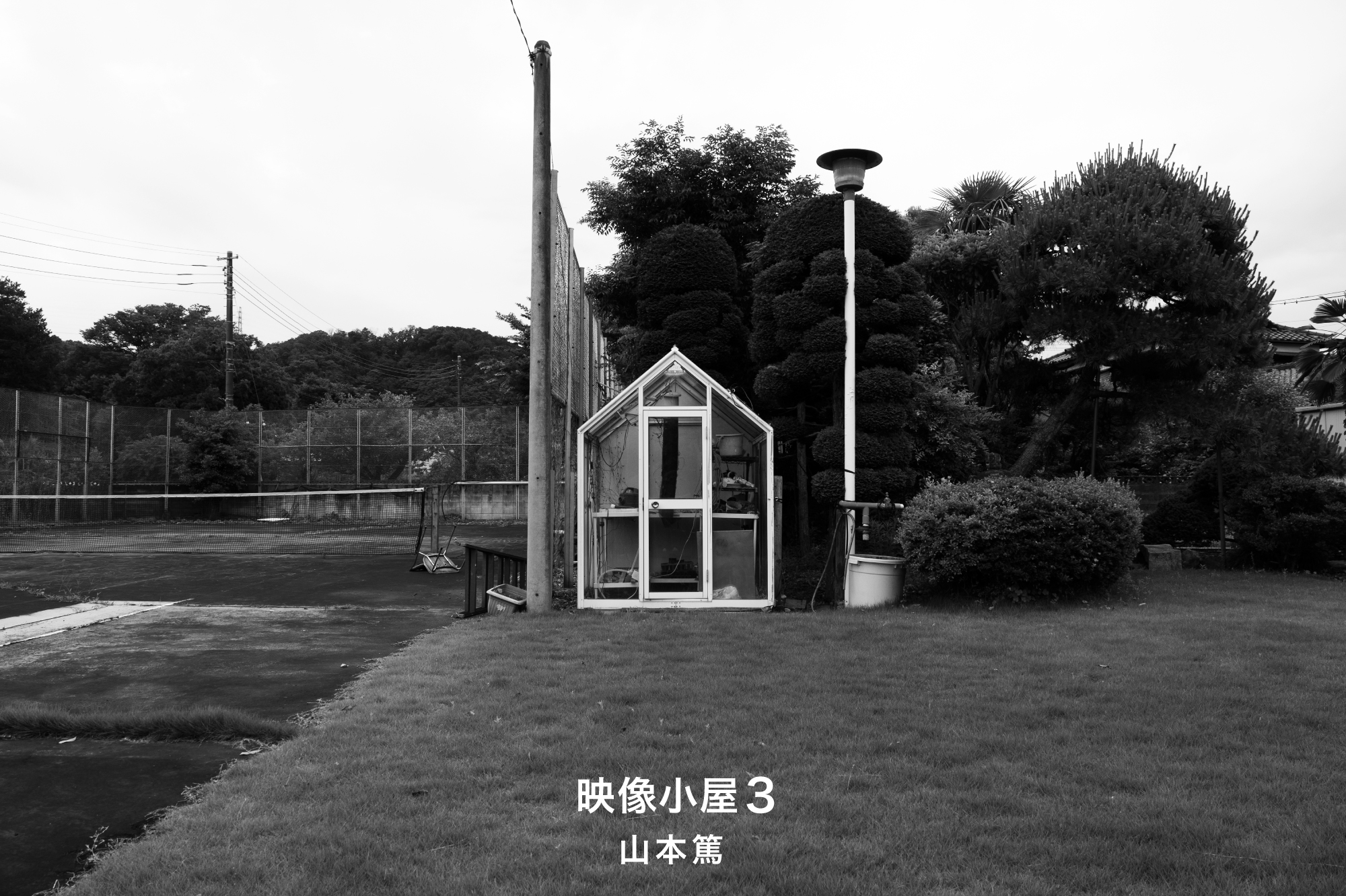ShugoArts Online Show
Video Hut 3 — Afterglow
Current
Sat, 26 JulySat, 30 August, 2025
ShugoArts Online
Current
Afterglow
From the mountainside on the border between Okutama and Yamanashi,
I watched the sun setting near the left shoulder of Mt. Keikan’s peak, rising tall to the west in Koshu City.
The color of the sky shifted from a transparent blue to a transparent yellow.
The source of light that had illuminated us all day finally disappeared from view.
And yet, darkness did not immediately fall.
People, sensing the unseen light source beyond the mountains, quietly prepared themselves for the coming of night.
As I reflected on that moment in time, a thought suddenly crossed my mind.
Perhaps we are always living within an afterglow.
An afterglow passed down from our ancestors — something we might also call history or influence — and it is within that light that we live our lives. And maybe, each day, we are simply walking through a world woven of the connecting light and the afterglow.
My grandfather passed away last December at the age of 99. Even now, in July, our family is still sorting through the house and belongings that he left behind. Though we can no longer see him, the memory of his presence will never fade.
I know how to preserve the light of the past as videos.
Even if the reality and the time they belonged to are already gone, they can still remain — as light.
Programs
Soul flow
The house my grandfather left behind still carries a strong trace of his life. It feels strange — and somehow a little guilt-inducing — that I now visit that house more often for the purpose of sorting through his belongings than I ever did while he was alive. And yet, I sometimes think that using the house while keeping him in my thoughts, rather than simply returning to everyday life and forgetting both him and the house, might be a way of honoring his spirit.
When I imagine that the spirits of our ancestors still linger in this land or within those walls, it seems as if this world and the next are really one and the same — and we are simply drifting on the wind between them.
Soul flow, 2025, UHD video, 4min. 24sec. *silent
It cannot stay and will continue to be lost.
The house my grandfather built in 1969 — crafted with the finest materials of its time — has, after all these years, begun to show the wear of age. With its master gone, parts of the house have stopped working, and signs of damage have started to appear. I believe my grandfather hoped that his children and grandchildren would protect the land passed down through generations and carry it into the future. But it’s clear that no form, appearance, or way of being can remain unchanged forever. At times, the more we resist the natural flow of change and try to hold on tightly to things as they are, the more our very fixation may hasten their transformation.
As we continue to lose things — our possessions, our surroundings, even our own bodies — what are we truly able to preserve?
It cannot stay and will continue to be lost., 2025, UHD video, 3min. 17sec.
Our Practice
In my adolescence, carrying a vague sense of unease about the future, I spent nearly every day chasing baseballs scattered across the school field. When it grew too dark to see the balls, the team would move as one, using wooden rakes to groom the field. Even now, I sometimes recall the feeling of those moments — a quiet sense of accomplishment and satisfaction. The relief of finishing a hard practice. The distant sky would not yet be fully dark, and its gentle gradient seemed almost like a blessing for the world.
I wonder, how different am I now from the person I was then, endlessly chasing after baseballs? The circuit has not ended — it still goes on.
Our Practice, 2025, UHD video, 11min. 10sec.
3 COUNTS
Sorting through the belongings of someone who has passed away is never easy. After all, each item is tied to their feelings and memories, as well as my own. Even if something is no longer needed in daily life, even if I have no plan to use it in the future, it’s hard to let go of a memory. How does one decide what to keep and what to part with? How can we bring ourselves to reach a verdict? What exactly exists in that space between “decided” and “undecided”?
In sports, time often plays a role in determining an outcome. In professional wrestling, a three-count by the referee decides the match. But who really determines the end of a wrestling match — the wrestlers or the referee? Ignoring the relationship between owner and possession, I continue to count… one, two, three.
3 COUNTS, 2025, UHD video, 7min. 8sec.
Tennis court, stage, drums
For athletes, the stadium; for musicians, the concert hall — both are stages where players shine under the spotlight. But even an unattended drum set or a tennis ball lying motionless without an opponent carries its own kind of beauty. Is it just me who hears the sudden sound of drums echoing on a deserted tennis court as a “resonance of existence” defying an empty space? Like the Sheep Man says, as long as the tennis ball keeps flying, we have to keep moving — inside a set of rules we don’t even know who decided.
“As long as the music’s playing, you’ve got to dance. Do you understand what I’m saying? Dance. Just keep dancing. Don’t even think about why you’re dancing. Don’t think about the meaning. Because there is no meaning. Once you start thinking about things like that, your feet’ll stop moving.”
— *Dance Dance Dance* by Haruki Murakami (1988)
Tennis court, stage, drums, 2025, UHD video, 4min. 12sec.
The WORLD
After gathering up the dolls and stuffed animals from my grandparents’ house, my parents’ house, and my own, I lined them all up together. Then, there was an oddly wondrous scene in front of my eyes— something that almost resembled a natural landscape of mountains, forests, or a coastline. Each of these objects must hold memories tied to them. Objects become vessels for memory.
And if the souls and memories of my grandparents are still drifting all around us, then perhaps the world is far more complex — a place where people and things coexist in the same space, simultaneously, in multiple dimensions. A world filled with possibilities that transcend death and separation.
The WORLD, 2025, UHD video, 5min. 35sec. *silent
Memories of My Grandparents and Their House
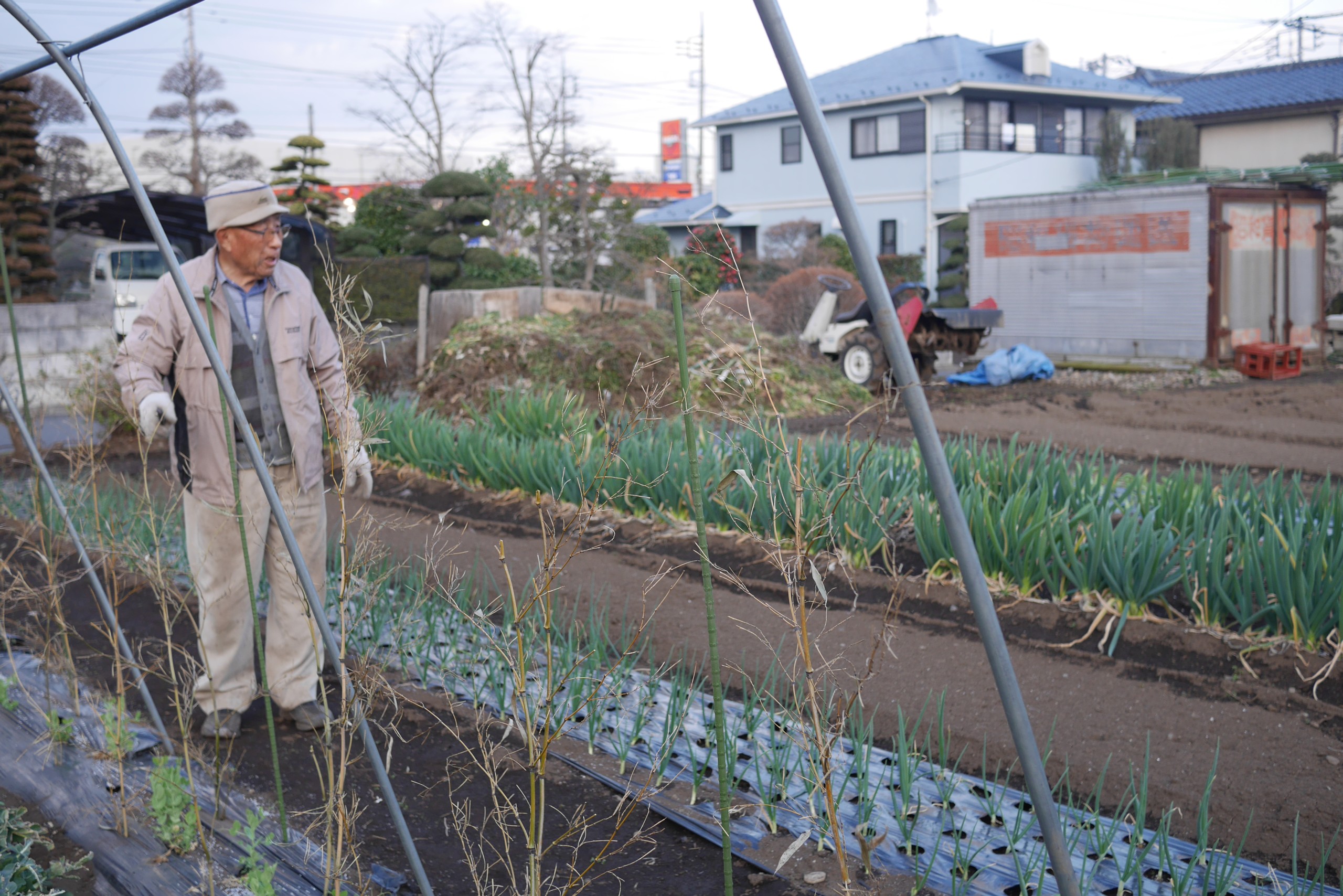
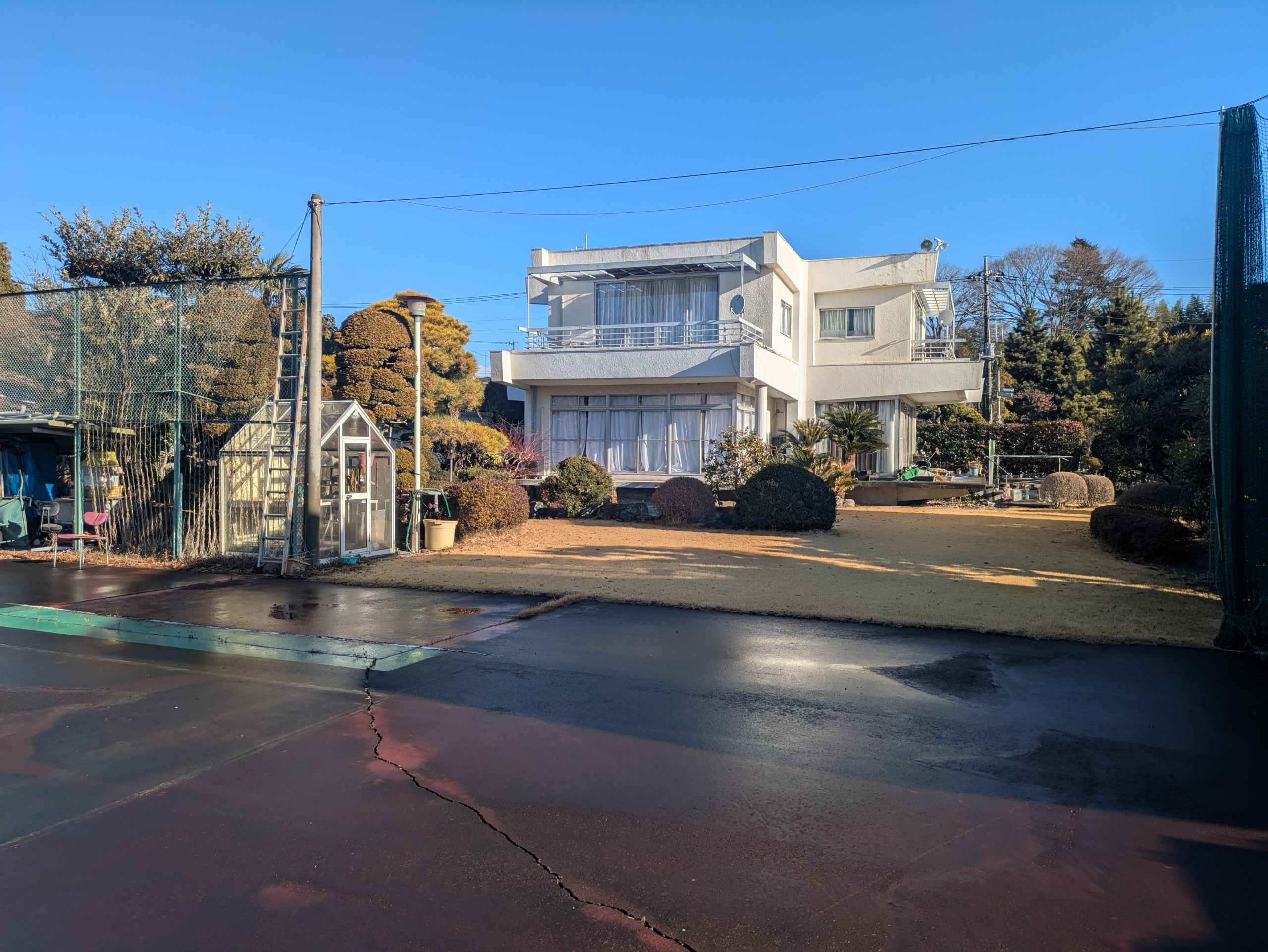
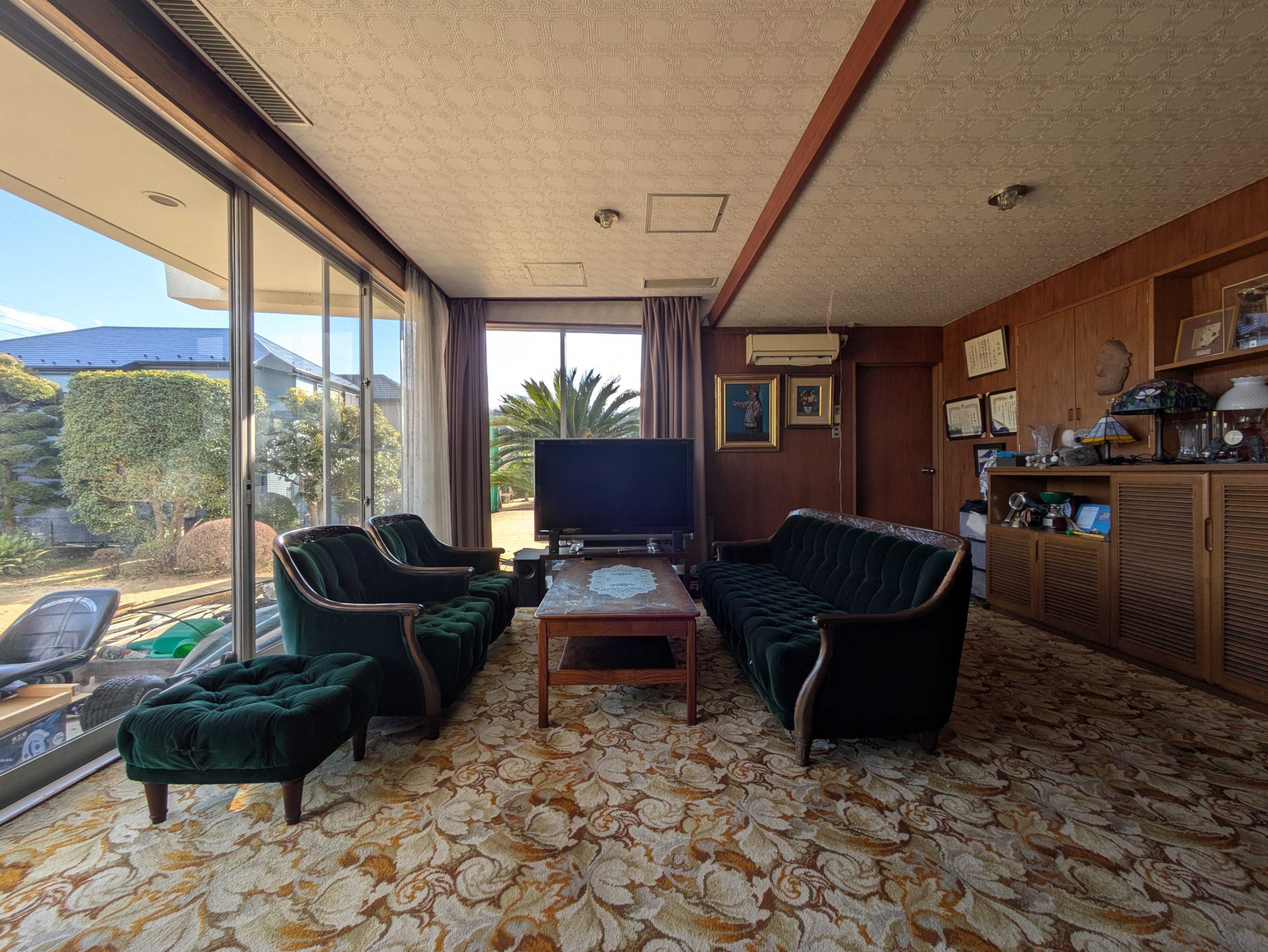
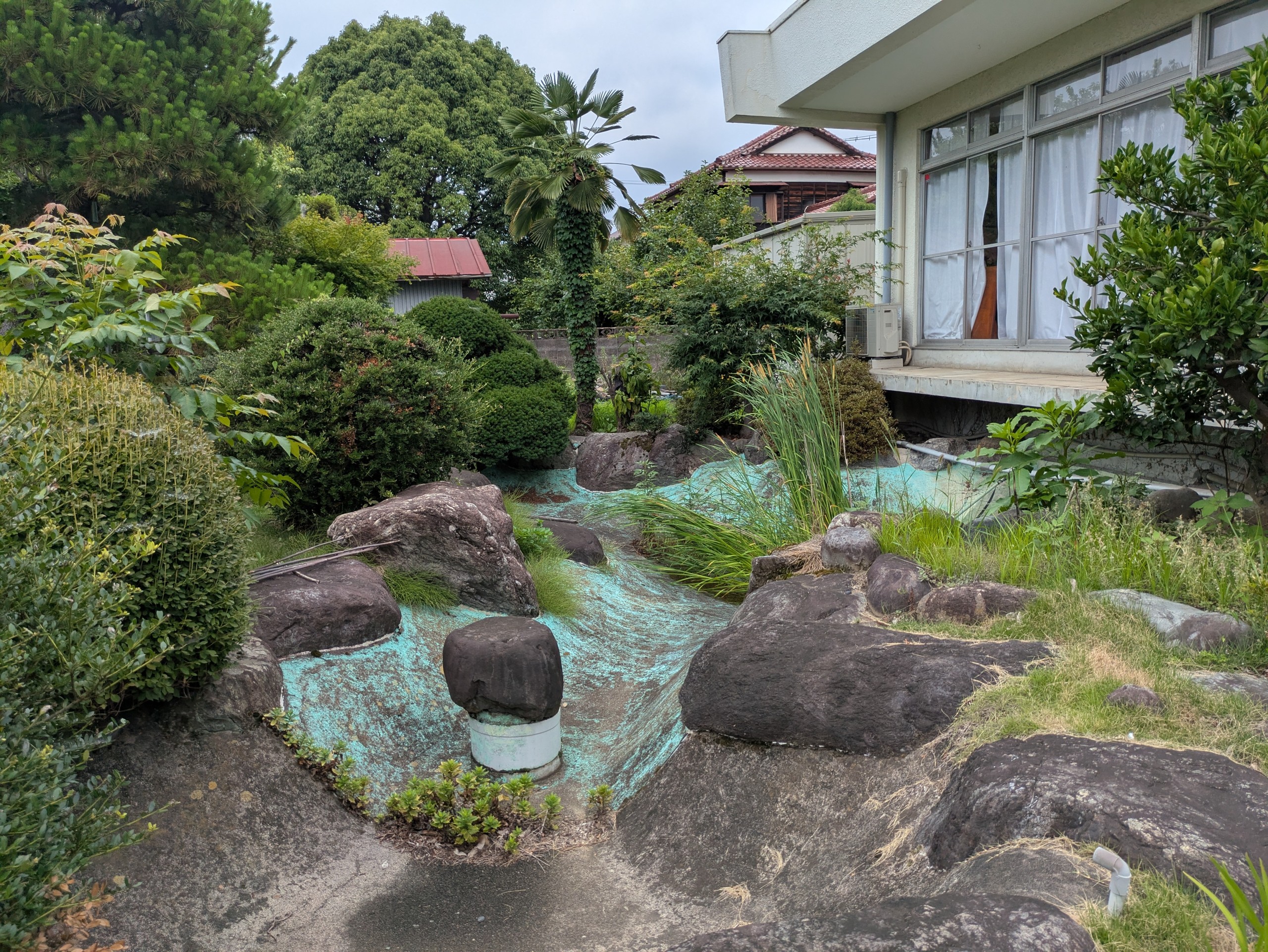
It was built in the Showa Modern style with the finest materials of its time, during Japan’s period of rapid economic growth. Its heavy, thick concrete façade speaks of that era’s sense of permanence. A boiler room for central air conditioning that hasn’t been used in years, garishly patterned carpet tiles, a living room reminiscent of Renoir’s painting — looking over it all, I realized once again that this was no “ordinary house.”
From the engawa of the Japanese-style room, which jutted out toward the garden on the first floor, you could look out over carefully-planted pine trees, azaleas, and persimmon trees. While enjoying the traditional Japanese garden-ish view, you could feed the koi swimming in the pond. I heard that herbicide from a nearby golf course was used to maintain the expansive lawn.
When I was in junior high school, a tennis court was built next to the garden. It was said to be a recreational facility for the employees of the medical corporation where my grandfather managed. But it was a fully equipped court, complete with night lighting, benches, and even a ball-feeding practice machine. Set against the peaceful backdrop of rice fields echoing with the chorus of frogs, it felt completely out of place.
When I was in elementary school, we had dinner at my grandparents’ house every Sunday. On the box TV next to the dining table, the sumo broadcast would come on first, followed by Shōten (the second-longest running variety TV show in Japan), and then the Giants’ night game.
When I think of my quiet grandfather, two images come to mind: him sitting on the deep green sofa in the living room, silently watching golf broadcasts, and him dragging his leg as he walked through the fields, quietly working the soil with his hoe. He was the chairman of a medical corporation in the neighboring town. He had been drafted during the war and assigned to a cryptography unit. Even after turning ninety-five, until just before he was hospitalized, he continued working in the fields. His hands reminded me of the heavy, rough farmer’s hands you might see in a Van Gogh painting — hands that carried the weight of years and hard labor. That duality of being both a chairman and a farmer feels, in some ways, similar to my own life: working as a salaried employee while creating art.
I think my grandfather simply loved working in the fields and was not really that interested in the vegetables he harvested. In the same way, I enjoy the act of creating itself and may be more drawn to the process of making — of living through making — rather than the final results.
A massive amount of belongings surfaced from the house my grandfather left behind.
Caught in the relentless tide of a changing era, I suspect he became overwhelmed by the constant flow of things pouring into his home — perhaps shutting down his thoughts, or simply turning a blind eye to it all.
Now, the pond has been drained, and pampas grass grows up from its exposed concrete bottom. Cracks have formed in the tennis court, with weeds sprouting from the fissures.
In the greenhouse built for my grandmother’s hobby, withered potted plants have sat untouched for years. The ceiling in the living room is peeling, and the closet floor has caved in. And yet, rather than feeling sadness or a sense of impermanence, I find myself feeling a body-heat like warmth from these spaces and objects that no longer fit the contemporary times.
As I look around my storage room, packed with old filming equipment and props, I cannot help thinking about what I should leave behind.
July 15th, 2025 Atsushi Yamamoto
Exhibition Information
ShugoArts Online Show
Atsushi YAMAMOTO Video Hut 3 — Afterglow
Atsushi YAMAMOTO Video Hut 3 — Afterglow
Artists
Atsushi Yamamoto
Date
26 July – 30 August 2025
Venue
ShugoArts Online
Curation
Minako Ishii
Text
Atsushi Yamamoto
Translation
Ion Yamazaki
Page Layout
Keisuke Katsuki
Special Thanks
Macéo Touzet
Takafumi Sakai
Masahiro Wada
Ryo Yamamoto
Hideo Miyakawa
Jun Miyakawa
Keiko Yamamoto
Yuzuru Yamamoto
Saya Fujita
Atsushi YAMAMOTO
Atsushi Yamamoto was born in Tokyo in 1980. After graduating from the Department of Painting at Tama Art University, he moved to Berlin in 2003 and started creating video works. In 2018, he stayed in Hue, Vietnam as a part of The Program of Overseas Study for Upcoming Artists organized by The Agency for Cultural Affairs. Working as an office worker during the week and filming on his days off, he has produced more than 300 video works. His diverse works include social fiction, personal documentaries, and comedic experimental videos that question the meaning and meaninglessness of life.
Selected exhibitions: “A Solitary Emotion”, Koganecho Bazaar 2024, Yokohama(2024); “A yesterday’s temple”, Art Center Ongoing, Tokyo(2024); “MY HOME IS NOT YOUR HOME”, ShugoArts, Tokyo (2022); “DOMANI: The Art of Tomorrow” Exhibition 2021, The National Art Center, Tokyo(2021); “MAM Screen 007: Yamamoto Atsushi”, Mori Art Museum, Tokyo (2017-18); Video Art Programs [A Window to the World] The 24th Program, Hiroshima City Museum of Contemporary Art, Hiroshima, Japan(2011).
Video Hut Archive


